Looking to buy bulk chili? Whether you're a home cook or professional chef, finding the right bulk chili can save you money and elevate your dishes. In this guide, we'll show you exactly where to buy bulk chili online, compare prices, understand heat levels, and store it properly for maximum freshness. You'll also discover expert tips to avoid common pitfalls and get the best value for your money.
Table of Contents
- Why Buy Bulk Chili?
- Types of Chili You Can Buy in Bulk
- Understanding Heat Levels: Scoville Scale Explained
- Bulk Chili Buying Guide
- How to Store Bulk Chili Like a Pro
- Creative Uses for Bulk Chili
- Frequently Asked Questions About Bulk Chili
- Conclusion: Spice Up Your Life with Bulk Chili!
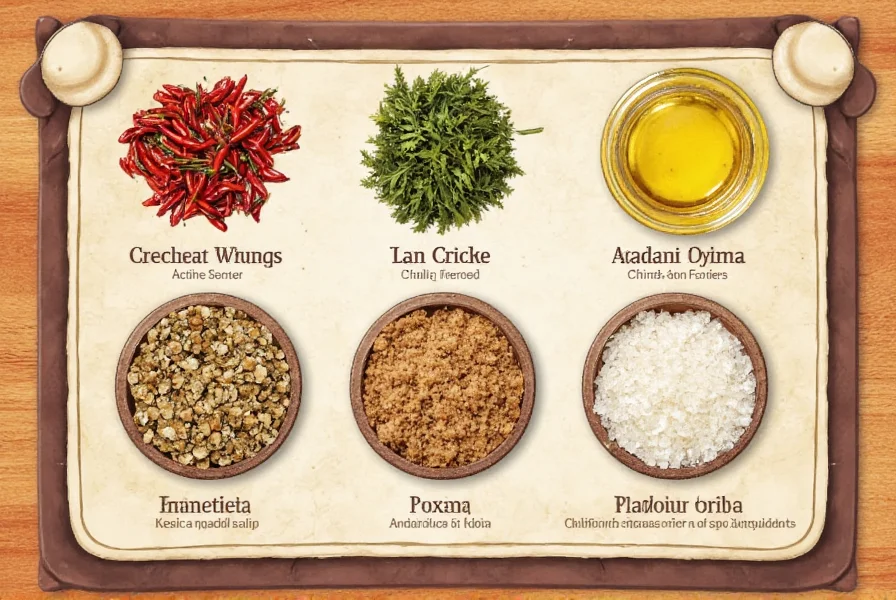
Why Buy Bulk Chili?
If you find yourself reaching for chili more than once a week (or even once a day), buying in bulk might just be the move you didn't know you needed. Here's why:
- Cost-effective: Buying chili in larger quantities usually means a lower price per ounce.
- Eco-friendly: Less packaging waste compared to smaller retail containers.
- Kitchen-ready convenience: Always have your favorite spice on hand without running out mid-recipe.
- Versatility: Great for cooking, seasoning, DIY spice blends, and even making infused oils or hot sauces.
Types of Chili You Can Buy in Bulk
The world of bulk chili is as diverse as your taste buds. Here's a breakdown of popular types and what makes each unique:
| Type of Chili | Flavor Profile | Heat Level (SHU) | Best For |
|---|---|---|---|
| Ancho | Sweet, raisin-like | 1,000–2,000 | Mild sauces, mole, stews |
| Guajillo | Fruity, tangy | 2,500–5,000 | Rubbing meats, salsas, soups |
| Cayenne | Sharp, earthy | 30,000–50,000 | General cooking, hot sauce, health tonics |
| Hatch Green Chile | Grassy, slightly sweet | Varies (mild to hot) | Enchiladas, rellenos, roasting |
| Poblano | Earthy, smoky | 1,000–2,000 | Stuffed peppers, creamy sauces |
| Ghost Pepper (Bhut Jolokia) | Smoky, fruity | 850,000–1,041,427 | Challenge cooking, specialty hot sauces |
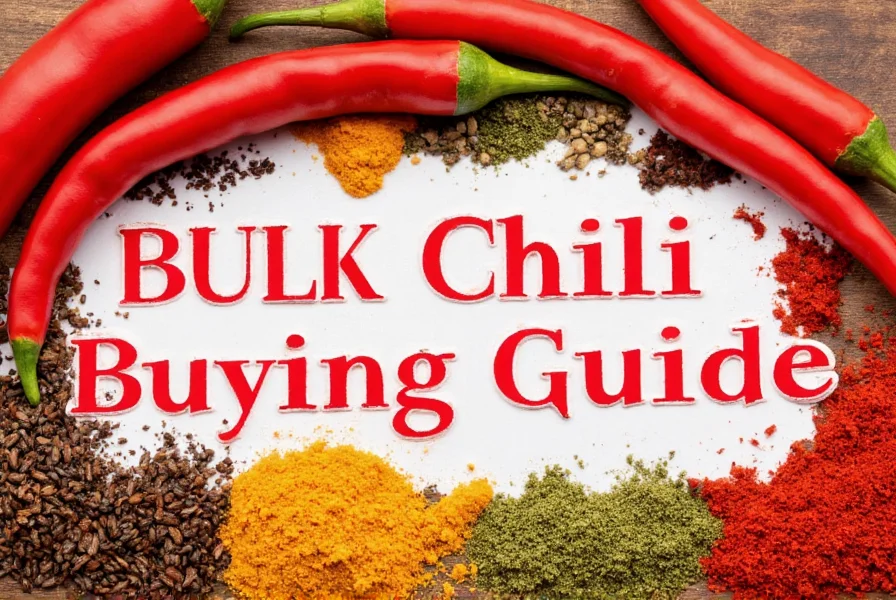
Understanding Heat Levels: Scoville Scale Explained
When it comes to chili, one size definitely does NOT fit all. The Scoville scale measures how hot a chili pepper is based on its capsaicin content — the compound responsible for that burning sensation we love (or fear!).
- 1–1,000 SHU: Mild (like bell peppers)
- 1,000–15,000 SHU: Medium (e.g., Poblano, Anaheim)
- 15,000–100,000 SHU: Hot (e.g., Cayenne, Serrano)
- 100,000+ SHU: Super-hot (e.g., Ghost Pepper, Carolina Reaper)
Always start small when trying a new variety — especially if you're not used to high heat!
Bulk Chili Buying Guide: Where to Buy & How to Choose
Buying bulk chili doesn't have to be confusing. Follow these expert tips to find the best quality at the best price:
1. Trusted Online Retailers for Bulk Chili
| Retailer | Best For | Price Range (per pound) | Special Features |
|---|---|---|---|
| Amazon | Variety and convenience | $5-$15 | Check seller ratings, fast shipping |
| Spice House | High-quality organic options | $8-$20 | Specialty peppers, detailed product info |
| Penzeys Spices | Premium quality | $10-$25 | Free samples, detailed heat level info |
| Local Grocery Stores | Immediate availability | $6-$12 | Check bulk sections for best deals |
2. Price Comparison & Value Tips
When buying bulk chili, expect to pay:
- Whole dried peppers: $5-$15 per pound (depending on variety)
- Ground chili powder: $8-$20 per pound (higher for specialty blends)
- Flakes or crushed chili: $6-$12 per pound
Pro tip: Buy in larger quantities (1-5 lbs) for better value, but only if you'll use it within 6 months to maintain freshness.
3. How to Avoid Fake or Low-Quality Products
- Check freshness indicators: Vibrant color, strong aroma, no dust or mold
- Look for certifications: USDA Organic, Non-GMO Project Verified
- Read customer reviews: Pay attention to comments about freshness and authenticity
- Verify seller reputation: Choose sellers with high ratings and clear return policies
How to Store Bulk Chili Like a Pro
Buying in bulk only makes sense if you store your chili properly. Here's how to keep it fresh and flavorful:
- Store whole peppers in an airtight container or sealed bag in a cool, dark place. They'll last up to a year.
- Keep ground chili powders away from light and moisture — glass jars work best.
- Freeze excess chili if you won't use it within six months. Rehydrate before use for best results.
- Label your containers clearly so you always know which chili you're grabbing.
Creative Uses for Bulk Chili
You don't have to limit chili to your main dishes. Try these fun ideas:
- DIY Hot Sauce: Blend roasted chilies with vinegar, garlic, and salt for a custom kick.
- Infused Oil: Make your own chili oil by steeping dried chilies in olive or vegetable oil.
- Chili-Spiced Popcorn: Sprinkle finely ground cayenne over freshly popped corn for a fiery snack.
- Chocolate Chili Truffles: A surprising combo! Add a pinch of powdered chili to your chocolate ganache for a warm finish.
- Spicy Cocktail Rim: Mix crushed chili with salt or sugar to rim margaritas or bloody mary glasses.
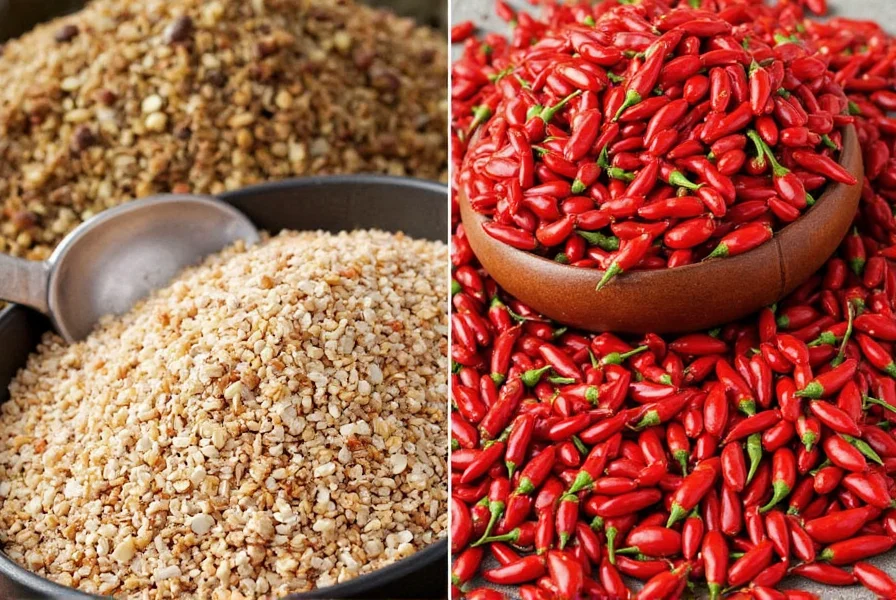
Frequently Asked Questions About Bulk Chili
Where can I buy bulk chili online?
You can buy bulk chili from trusted retailers like Amazon, Spice House, Penzeys Spices, and local grocery stores. Always check seller ratings and product reviews before purchasing to ensure freshness and authenticity.
What is the average price for bulk chili?
Whole dried peppers typically cost $5-$15 per pound, ground chili powder ranges from $8-$20 per pound, and flakes cost $6-$12 per pound. Prices vary by variety and retailer, with premium brands commanding higher prices.
How do I choose a trustworthy online seller for bulk chili?
Look for sellers with high customer ratings (4.5+ stars), clear return policies, and detailed product descriptions. Check reviews specifically mentioning freshness and authenticity. Reputable specialty spice retailers like Penzeys and Spice House offer quality guarantees.
Are there discounts for bulk chili purchases?
Yes! Many retailers offer bulk discounts for purchases of 1-5 pounds. Sign up for newsletters to get exclusive deals, and check for seasonal promotions during holiday shopping seasons. Buying larger quantities (e.g., 5+ pounds) often reduces the price per ounce by 15-30%.
How much bulk chili should I purchase for regular home cooking?
The ideal quantity depends on your usage frequency. For weekly cooking, 1-2 pounds of whole dried peppers or 8-16 ounces of ground chili is typically sufficient for most households. If you make hot sauces or preserves regularly, consider purchasing 3-5 pounds. Always start with smaller quantities when trying new varieties to ensure you enjoy the flavor before committing to larger amounts.
Are there health benefits to eating chili?
Yes! Chilies contain capsaicin, which has been shown to boost metabolism by up to 5%, reduce inflammation, improve heart health, and even provide pain relief when used topically. The vitamin C content in fresh chilies supports immune function. However, consume in moderation as excessive amounts can cause digestive discomfort. Consult your healthcare provider if you have specific health conditions.
What's the difference between chili powder and ground chili peppers?
Chili powder typically contains a blend of ground chilies plus other spices like garlic powder, cumin, and oregano, while pure ground chili peppers consist solely of milled dried chilies without additional ingredients. Always check labels if you need a single-variety chili for specific recipes. For authentic regional dishes, single-variety ground chilies provide more precise flavor control.
How do I safely handle extremely hot chilies like Ghost Peppers?
When working with super-hot chilies (100,000+ SHU), always wear disposable gloves to prevent skin irritation. Avoid touching your face, especially eyes. Work in a well-ventilated area as capsaicin vapors can be irritating. After handling, clean all surfaces and tools with soapy water. If using fresh super-hots, remove seeds and membranes (where most capsaicin resides) to reduce heat intensity while preserving flavor.
How can I reduce the heat after accidentally making a dish too spicy?
Dairy products like milk, yogurt, or sour cream are most effective at neutralizing capsaicin. Add them gradually until desired heat level is achieved. Acidic ingredients like lime juice or vinegar can also help balance heat. For non-dairy options, try coconut milk, peanut butter, or a spoonful of sugar. Never use water - it spreads the capsaicin rather than neutralizing it. To prevent future mishaps, always add hot chili incrementally and taste as you cook.
Conclusion: Spice Up Your Life with Bulk Chili!
Bulk chili isn't just a way to save money — it's a ticket to culinary adventure. Whether you're simmering a hearty stew, whipping up a zesty marinade, or experimenting with homemade hot sauces, having a stash of your favorite chilies on hand opens up a world of flavor possibilities.
So next time you're planning a grocery run or browsing your local spice market, grab a big bag of your favorite chili. With the right knowledge and storage, you'll never go back to tiny bottles again!
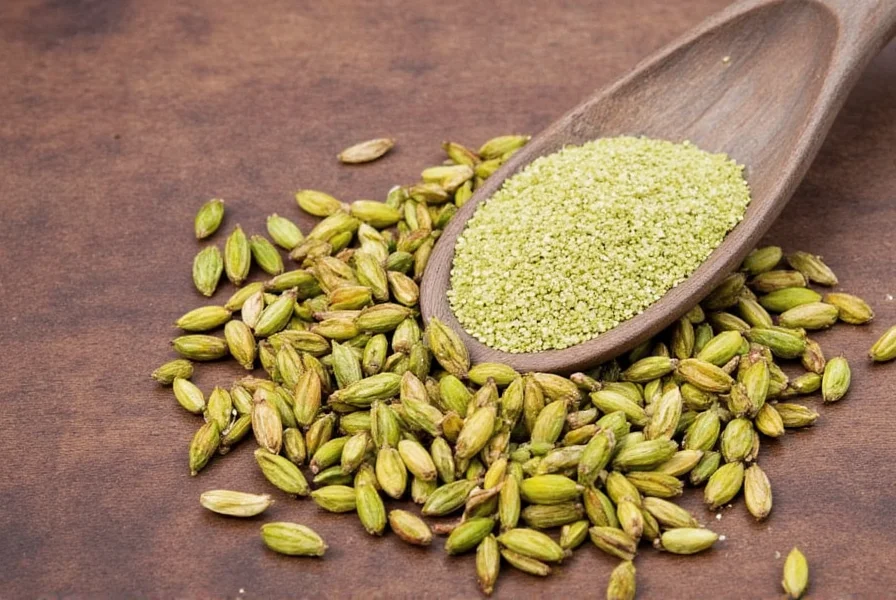

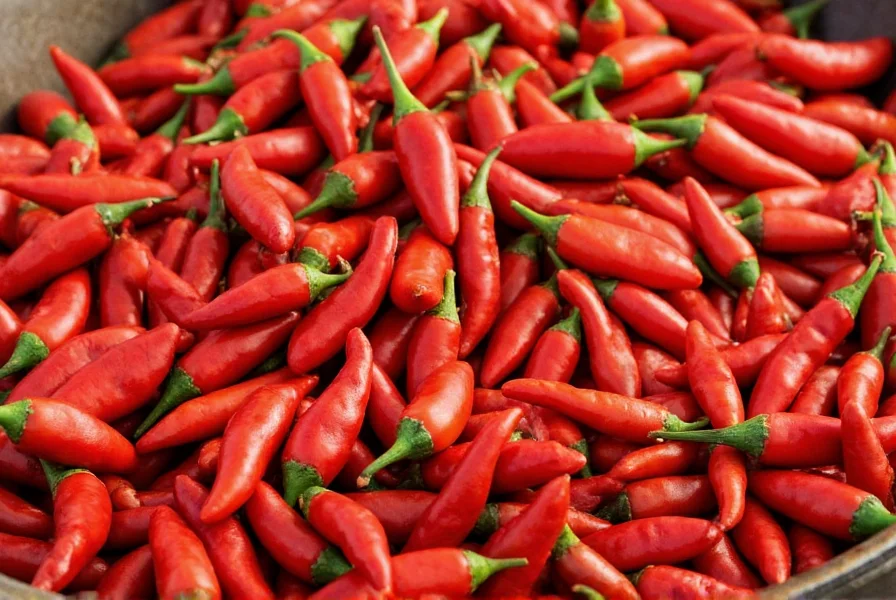









 浙公网安备
33010002000092号
浙公网安备
33010002000092号 浙B2-20120091-4
浙B2-20120091-4